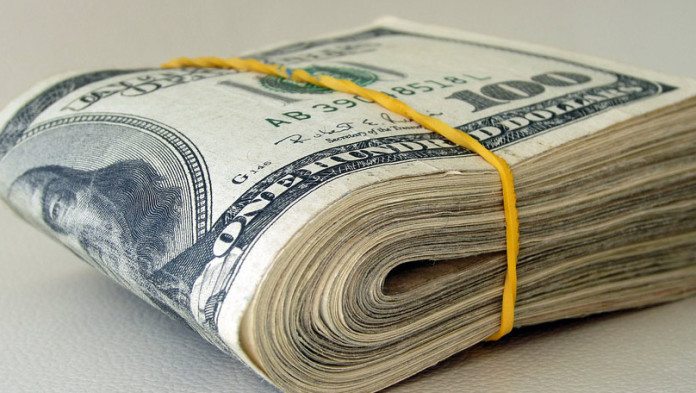
SIBANYE-Stillwater today reinstalled its dividend policy unveiling a 50 South African cents interim dividend (R1.3bn) having reined-in net debt to 0.55 of earnings before interest, tax, depreciation and amortisation (EBITDA).
This was the group’s indebtedness before embarking on its platinum group metal (PGM) diversification strategy in 2016 with the $2.2bn purchase of Stillwater Mining, a transaction that took the net debt: EBITDA ratio to 2.6x, and led to the much-criticised suspension of the dividend three years ago.
Today’s announced payout is 15% of normalised earnings, lower than the reinstalled 25% to 35% policy, in recognition of the uncertainty created by the Covid-19 pandemic. Although styled as “conservative”, the interim dividend announcement was higher than the full-year dividends paid between 2013 and 2015 by Sibanye-Stillwater.
CEO, Neal Froneman, said the Covid-19 pandemic – which has resulted in revised 2020 gold and PGM production – had extended far beyond mine perimeters. All in all, the company had invested R1.6bn in Covid-19 related social relief, including paying a total of R1.5bn to employees not at work during lockdown.
Sibanye-Stillwater forecast a 5% to 20% second half recovery in PGM production from its South African assets to a full-year production range of 1.35 to 1.45 million ounces (4E), and a 31% to 45% recovery in gold production such that 2020 output would be between 756,000 and 812,000 oz. PGM (2E) production from the firm’s US operations would be 620,000 to 650,000 oz, slightly below previous guidance.
On this basis, Froneman said the company was recovering well from the Covid-19 shock which saw the its South African mining operations in particular heavily curtailed during the March to April hard lockdown imposed by Government.
All in all, US-based PGM production totalled 297,740 2E oz, some 5% higher year-on-year, whilst South African 4E PGM production was 5% higher at 657,828 oz owing to the inclusion of the Marikana operation for the full six month period. This production offset lost production due to COVID-19 disruptions. Production from the South African gold operations was 403,621 oz – 17% higher than for the comparable period in 2019.
Precious metal prices – PGMs especially (rhodium and palladium were two-thirds of total revenue) – and rand to dollar depreciation came to the rescue.
The average PGM ‘basket’ (4E) price year-on-year, excluding the group’s Marikana assets (which weren’t integrated last year), was 98% higher in the six months ended June 30 owing to an increase in the dollar price of PGMs and rand depreciation. For the US operations, the 2E rand price was 68% higher year-on-year following a 43% lift in the average dollar price for PGMs.
The average gold price was similarly buoyant: up 45% year-on-year and additionally boosted by full production in the six months ended June. The interim period last year was marked by lost production as Sibanye-Stillwater recovered from a damaging five-month strike over wages.
The impact of the market was plain to see. Sibanye-Stillwater posted record headline earnings of 350 SA cents per share (21 US cents/share) and record normalised earnings of R8.8bn. Free cash flow totalled R10.9bn for the six month period. About 94% of earnings was derived from acquired (non-gold) assets.
“We have emerged in a robust financial position with leverage continuing to fall, without the group having had to resort to additional financing, as required by many other companies globally,” said Froneman in notes to the firm’s published results.
“With restrictions on economic activity relaxing globally, the outlook for precious metals prices is constructive and with South African operations likely to achieve optimal production levels by Q4 2020, the operating and financial outlook for H2 2002 is positive,” he said.
PGMs
Whilst the US PGM operations escaped relatively unscathed by Covid-19 lockdowns, Stillwater’s Blitz expansion has been delayed by up to 18 months based on “early indications.
Commenting on market prospects, Sibanye-Stillwater said that taking into account the ebb and tide of Covid-19 demand and supply shocks, the deficit in palladium that has powered the metal’s price to above $2,000/oz (from about January) would reduce to about 170,000 oz in 2020. The rhodium market, where price gains have been spectacular, would move into balance.
The platinum market, however, would remain in a surplus, albeit narrower than first expected, of about 550,000 oz. Froneman has said previously that he expected substitution of palladium with platinum in gasoline autocatalysts; now, however, the likelihood of this was “reduced for the time being,” the company said.









